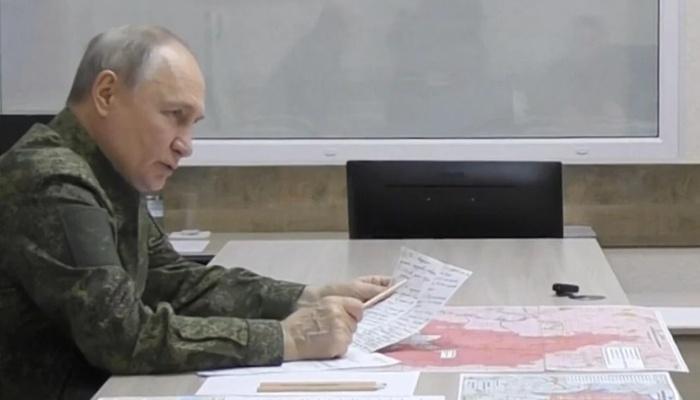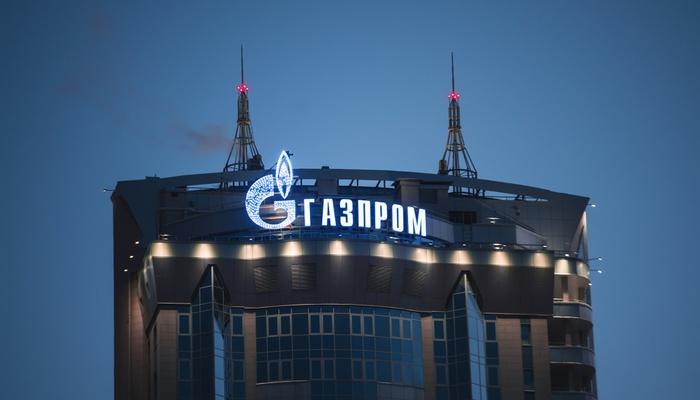NATO's hub and the Alliance's engagement towards the South
Keeping its commitment to look more carefully at the development of security dynamics in the southern area of NATO’s borders, that is in the Middle East, North and Sub-Saharan Africa, the Atlantic Alliance has created a specific center, the NATO Strategic Direction South – Hub (NSDS), with the task of monitoring these territories and the possible surfacing of crises. During the Brussels Summit of the past 11 and 12 of July, the hub has been declared fully operational, thus opening for NATO and for Italy a window for dialogue on the Mediterranean region. In fact, our country, through the former Minister of Defense, Roberta Pinotti, requested and supported the creation of the center, that, not by chance, is located in NATO Joint Force Command, Naples.
The ratio at the basis of the establishment of the hub is increasing and deepening the situational awareness on the possible challenges and opportunities in the above-mentioned areas, through a holistic and collaborative approach that involves experts, international organizations and partners that deal with the southern front or come from the interested territories. Such approach is part of a broader strategy of the Atlantic Alliance aimed at projecting stability beyond its borders and that materializes through training activities in favor of local authorities (such as those recently approved for Jordan and Tunisia). In order to ensure effectivity to these training packages, it is crucial to have a wider and deeper understanding of local dynamics. In this framework it is possible to place the hub, that is to structure it as a forum for gathering, analyzing and spreading information that can be useful for political and military decision-makers who are involved in the events of the southern front. If set up in this manner and if kept active, the center would amplify its efficacy, thus contributing to NATO’s operative activities and avoiding becoming a mere appendix of the Alliance.
It is exactly in this direction that the hub seems to be taking its first steps. In details, the center has adopted a comprehensive approach that combines the execution of three key activities: connection, consultation and coordination. By connecting people and promoting consultation, the NSDS becomes a platform for dialogue in which the various relevant actors for the southern front can confront with each other and exchange opinions regarding the development of the events taking place in the area. The center, moreover, makes its resources available for assisting and advising on the possible roots of instability that could menace the solidity of local institutions. Lastly, through the activity of coordination, the hub facilitates the synchronization of the efforts of the Alliance, but also of the international and Mediterranean region’s partners, thus avoiding the waste of resources and ensuring efficacy.
Therefore, the work of the hub can become a useful tool for guiding NATO’s action in the southern front; action that, starting from the NATO Summit of Warsaw in 2016, received an important impulse. In that occasion, in fact, the Alliance formally launched a new approach, the so-called ‘360° approach’, which looks at the threats coming from all fronts and ensures a focused and tailored response. This strategy stands opposite to the posture that NATO kept in the previous years and that implied a clear-cut distinction between the southern scenario and what was taking place at the eastern borders of the Alliance, with particular attention to Russia’s behavior. Ostensibly, it is necessary to go a little back in the years for outlining the development of such dichotomy. After a strong increase of tension following the second war in South Ossetia in 2008, if NATO’s military component kept its level of attention high concerning a possible Russian assertive attitude, the political branch of the Alliance favored the beginning of a phase of dialogue. Such line has been strictly kept until 2014, when Russia’s annexation of Crimea led to a rethinking of NATO’s posture that pictured Moscow as an actor with an aggressive behavior that, potentially, could pose a threat to the security of some member States. Not by chance, since Ukraine’s events onwards, within NATO a new tendency emerged, that is the division between those States located in the eastern area of the Atlantic Alliance and that see Moscow as a possible danger, and those countries of the Old Continent, like Italy and Germany, that not only are more exposed to the challenges coming from the other shore of the Mediterranean Sea, but also favor a more conciliatory approach prone to dialogue towards Russia also given relevant economic and commercial relations with the country. Consequently, in the years immediately following 2014, NATO kept the scission between the southern and eastern front and focused its attention on the possible evolution of dynamics in the eastern area of the Alliance. Only staring from 2016, thanks to the political commitment of the central-southern States of the Atlantic Alliance, NATO started, at least theoretically, to embrace a comprehensive vision that valuates with the same concern all the borders of the Alliance, even if in practice it still maintains the duality between the two fronts.
Indeed, NATO has articulated its strategy and action for the southern front by firstly expressing the will of projecting stability on the region and, later, by launching training activities for some countries of the area and creating the NSDS. Moreover, during the Brussels Summit, the Atlantic Alliance approved a new ‘package for the South’. The latter includes a series of political and practical initiatives aimed at systematizing the efforts of the Alliance and those of the individual member States and partners in the Mediterranean region. In details, the objectives to be reached through this new set of activities are, firstly, the strengthening of the defensive and deterrent capacities against menaces coming from the south, and hence ensuring a coherent and efficacious NATO’s response. Furthermore, the Alliance intends to contribute to the international efforts aimed at handling the crises that emerged in the region and to support regional partners in the development of resilience against possible challenges to security. In short, NATO created a strategic guide that channels the actions of the Alliance itself and of the other countries involved in the southern front with the end of guaranteeing complementarity and efficacy of the common efforts.
To sum up, in the recent years NATO has committed itself to defining a plan for the southern front that is coherent and polyhedral. Such plan starts with a comprehensive approach for then materializing into specific and targeted activities. However, in a highly fragmented and unpredictable scenario such as the one of some areas of the Middle East, North and Sub-Saharan Africa, the commitment of the Alliance has to, first and foremost, be solid and well-defined, characteristics that keep on missing. In the first place, even if the launch of training activities in countries like Jordan and Tunisia is an initial important step forward, other States that are key to the stabilization of the Mediterranean region, namely Libya, are out of NATO’s sights. Moreover, certainly the work of NATO’s hub could reveal itself to be crucial for understanding the current dynamics and the roots of possible future crises in the area, as well as ensuring the efficacy of the capacity building’s operations of the Alliance. Nevertheless, if the center will not be supported by a strong political will coming from a group of States that is relevant in number and decisional weight, it could experience a deadlock and be in a condition of scarce productivity that would not permit it to reach the established objectives. Finally, despite improvements on the matter throughout the years, it seems that NATO’s attention keeps on focusing on the eastern front instead of the southern one. Confirming such statement are the results of the recent Brussels Summit, in which the word ‘Russia’ resounds much more often and with a definitely more incisive value than the term ‘south’. In conclusion, those member States, Italy in primis, that push for a more concrete and effective NATO’s action toward the Mediterranean region, should look for the support of other countries that can play a crucial role at the transatlantic negotiating table, namely the United States, with the aim of tipping the Brussels’ scale more towards the south.









